How Not to Love Nature: Shove a Coal Plant Next to Earth’s Biggest Mangrove Forest

Tigers have long provided the best defense for Bangladesh’s Sundarbans National Park, the planet’s largest mangrove forest and a UNESCO World Heritage site. These days, however, environmentalists are alarmed by a more insidious threat to the park’s future: a massive 1,320-MW coal-fired power plant that’s due to be constructed just 14 km away, in the city of Rampal.
Measuring CO2 in Green Ecosystems of the Mexican Caribbean
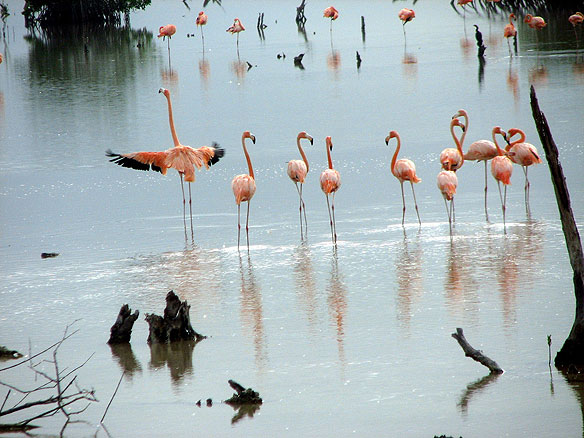
Jungles, forests, mangroves, swamps and lagoons are natural carbon storehouses or “sinks” in the Caribbean regions of Mexico. But now studies are being conducted to measure their capacity for absorbing carbon dioxide from the atmosphere.
A Better Eye on Reefs, Australia
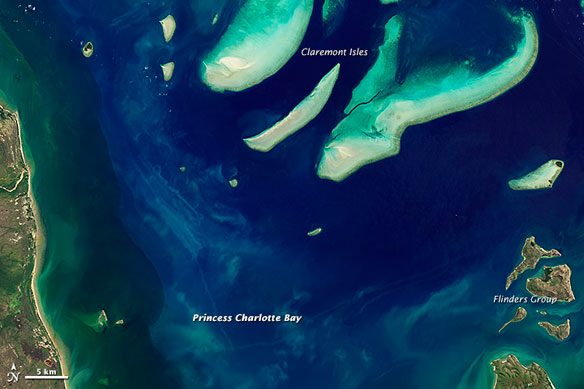
Claremont Isles National Park, where coastal waters are protected as part of Great Barrier Reef World Heritage Site, are important habitat and breeding grounds for seabirds, and they are off-limits to humans.
Tarut Bay, Saudi Arabia
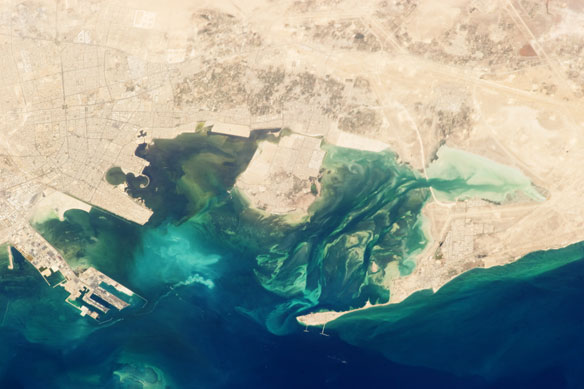
Tarut Bay is located along the coastline of the Arabian Gulf (also known as the Persian Gulf). The bay surrounds one of the largest islands in the Arabian Gulf—Tarut—which has an area of approximately 70 square kilometers (27 square miles).
Vietnam’s Mangroves, A Video

This film highlights the threat to Vietnam’s coastal mangrove forests.
Mangroves, Domes, and Flats on the UAE Coast
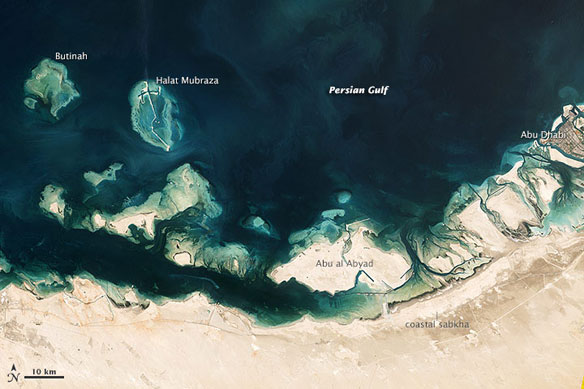
A mention of the United Arab Emirates coast might bring to mind the artificial islands near the city of Dubai. But to the southwest, the UAE coast is dotted with a complex mixture of natural features: mangroves, salt domes, salt flats, and coral reefs.
Western Australia’s Scott Reef Has Recovered from Mass Bleaching
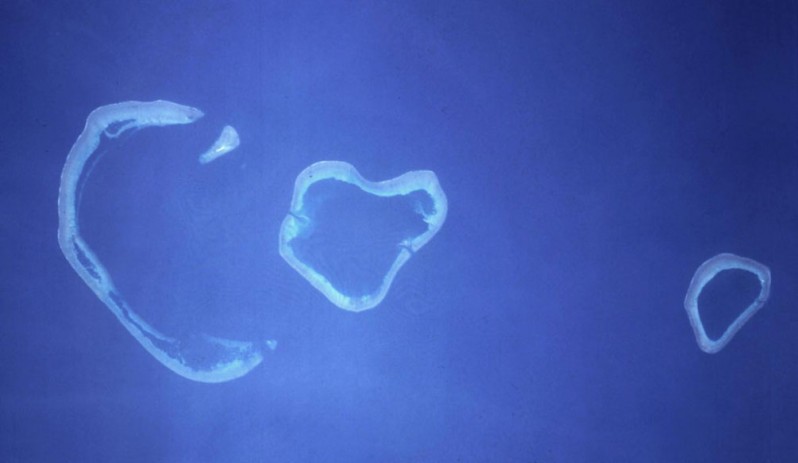
Isolated coral reefs can recover from catastrophic damage as effectively as those with nearby undisturbed neighbours, a long-term study by marine biologists from the Australian Institute of Marine Science (AIMS) and the ARC Centre of Excellence for Coral Reef Studies (CoECRS) has shown.
Champion of the Mangroves, Union Island, the Grenadines
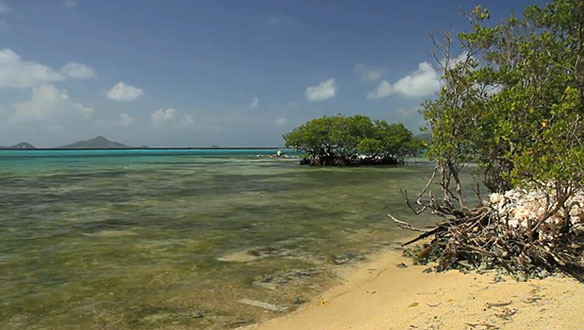
On Union Island, Ann Harvey’s story of the mangroves demonstrates the protective power of nature and green infrastructure, while a recent UN report showed that valuable mangrove forests worldwide, are being wrecked by the shrimp and fish farms.
Destroyed Coastal Habitats Produce Significant Greenhouse Gas
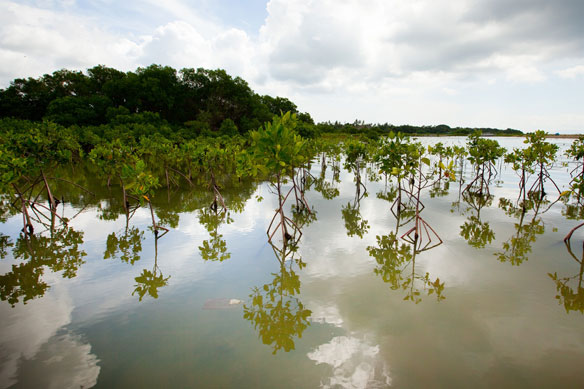
Destruction of coastal habitats may release as much as 1 billion tons of carbon into the atmosphere each year, 10 times higher than previously reported, according to a new Duke-led study.
